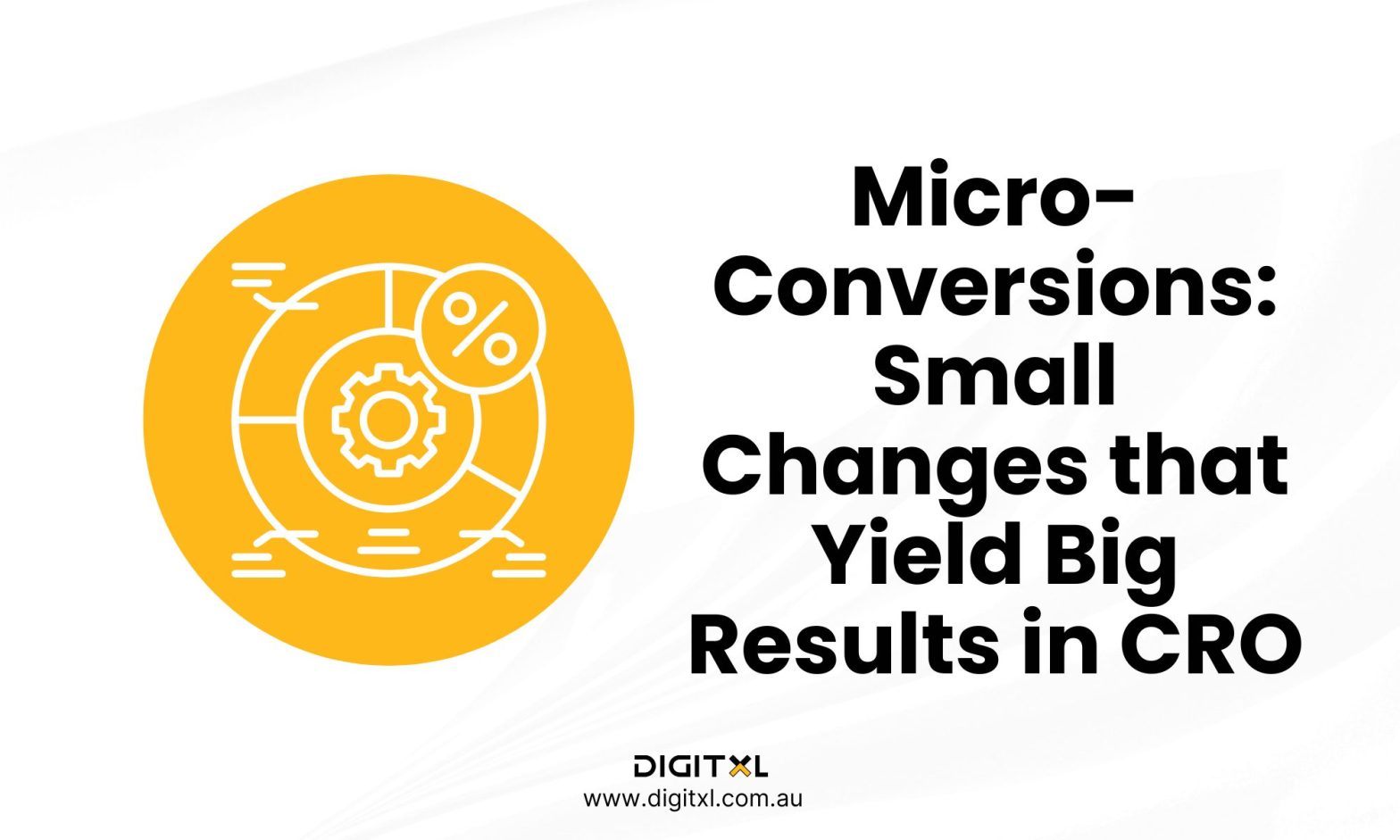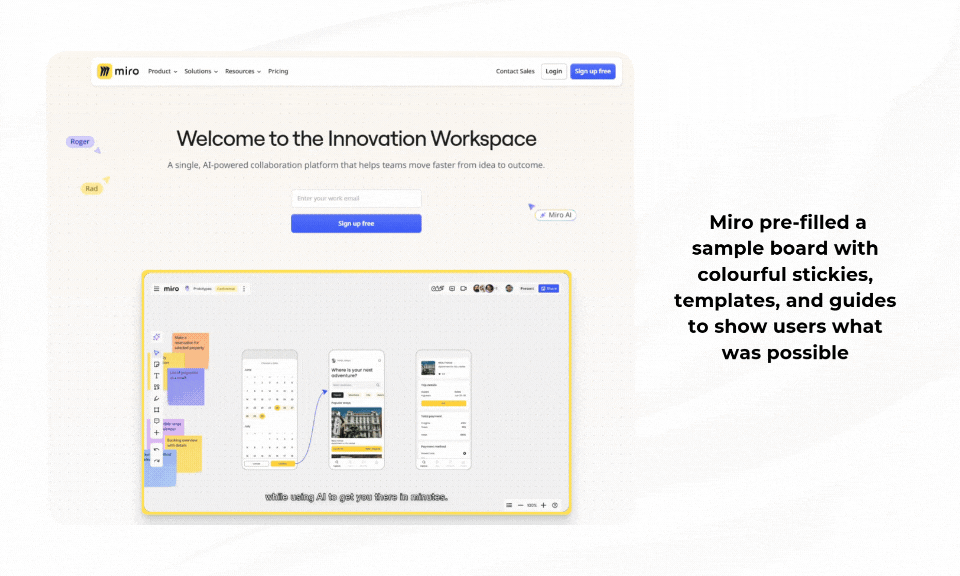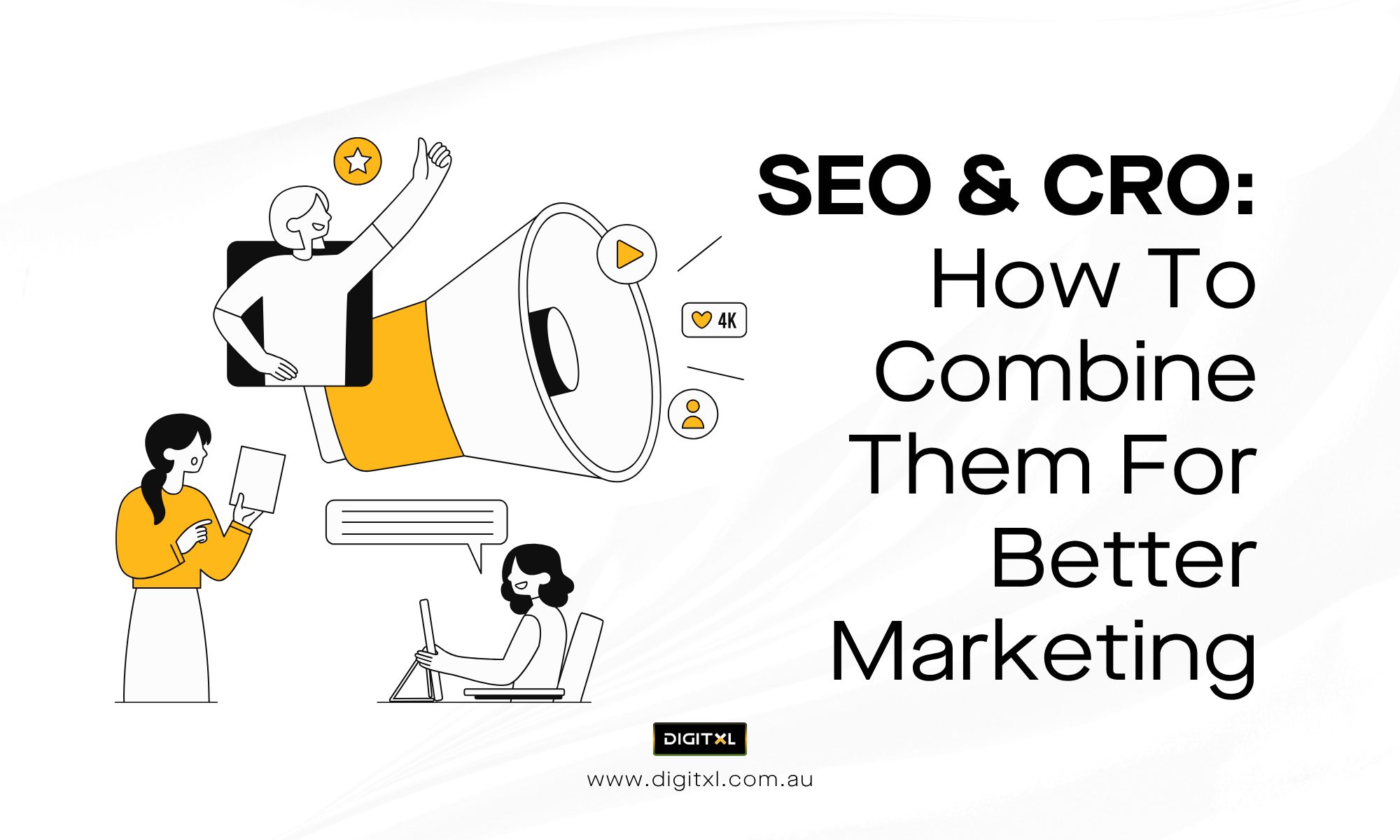- CRO
Micro-Conversions: Small Changes that Yield Big Results in CRO
10 Dec 2024
Micro-conversions are like signposts on your customer’s journey—guiding them, building trust, and nudging them closer to a final sale.
1. Why small wins matter more than you think
When people talk about conversion rate optimisation (CRO), the spotlight usually falls on the big numbers—how to get that massive sales spike or drive hordes of new customers. But what if I told you that the smallest changes can often deliver the most consistent growth?
We believe in mastering the micro-conversions—the tiny interactions that stack up to produce big results. Whether you’re testing changes internally or partnering with a Cro agency, these moments tell you where people hesitate, commit, or quietly drop off. We’ve seen global brands dramatically improve their performance by focusing on subtle shifts in user behaviour.
2. The Anatomy of a Micro-Conversion
Micro-conversions are like signposts on your customer’s journey—guiding them, building trust, and nudging them closer to a final sale. These actions might seem trivial but are actually the heart of your CRO efforts. They include actions like:
- Signing up for an email newsletter
- Watching a product demo
- Adding a product to the cart
- Requesting a quote
These actions are not the end goal, but they reveal intent. DigitXL’s role here is to fine-tune these moments, ensuring that every interaction is seamless and aligned with a user’s behaviour.
Booking.com’s Genius Loyalty Program
Booking.com offers an excellent case of how micro-conversions can be leveraged through personalisation. They introduced Genius, a loyalty program that shows users a pop-up when they log in, offering discounts after they’ve booked two stays. This tactic was built on a simple micro-conversion trigger: getting users to book once or twice in a short period.
By tracking user behaviour, Booking.com offers dynamic personalised discounts, which increased user loyalty and saw a 17% increase in repeat bookings. The hook is clear: small actions build trust and make users feel rewarded.

3. Learn From The Subtle Genius of Miro
Take Miro, the online whiteboarding tool. They noticed that many new users signed up for free but didn’t stick around to explore all its features. Instead of pushing aggressive marketing emails or overhauling their platform, they made one small change: during onboarding, they pre-filled a sample board with colourful stickies, templates, and guides to show users what was possible. This simple visual nudge inspired users to engage more and create their own boards.
The result? A significant increase in user retention and engagement, all from focusing on one small yet pivotal moment.
If you’re looking to improve your own micro-conversions, start by asking: where do new users get stuck? Sometimes, the solution is as simple as giving them a clearer next step.

4. Progress is Everything
Ever feel a tiny thrill when you complete a step in a process? That’s the power of progress. It’s why apps like Duolingo have mastered the art of streaks, badges, and gamified learning. Duolingo makes every interaction feel rewarding. Finish a lesson? You earn a badge. Keep it up for five days straight? You unlock a streak. These small wins keep users motivated to continue, even when the task feels hard.
For your business, think about how you can create a sense of progress in your customer’s journey. Can you break down a complicated form into bite-sized steps? Add a visual progress bar? Or simply show customers what they’ve already achieved, like “You’re 80% closer to your goal”? These small touches can turn hesitant visitors into loyal users.

5. How Canva Turns Micro-Conversions Into Revenue
Let’s talk about Canva. Their entire model is built on creating frictionless micro-conversions. Canva offers a free design tool that’s easy for anyone to pick up and use. But here’s the genius part: every time you use it, you’re exposed to little nudges toward their premium features. Maybe it’s a beautiful template with a watermark or a premium font that you’re tempted to try.
None of these nudges feel intrusive or pushy. Instead, they build trust by showing you what’s possible. By the time you’re ready to upgrade, it doesn’t feel like a hard sell—it feels like a natural next step. The takeaway? Make your audience’s first experience with you so easy and enjoyable that they want to come back for more.

6. Why Micro-Conversions Are Invisible ROI
The magic of micro-conversions is that they don’t always lead to immediate results, but they set the stage for long-term growth. Someone downloading your free tool today might not convert until months later. That’s okay. What matters is that these small interactions keep them connected to your brand.
Take Grammarly, for example. Their free browser extension gives users instant value with grammar corrections. Over time, as users depend more on Grammarly for important projects, they naturally gravitate toward the premium plan for advanced features. It’s a long game, but one that’s built on trust, not pressure.
For your business, think about the low-barrier actions you can encourage. Can you offer a free checklist, a trial, or a simple tool that solves one small problem? These actions build familiarity and trust, even if they don’t immediately translate into sales.
7. Start Small, Think Big
Here’s where it gets exciting: focusing on micro-conversions doesn’t mean you need to tackle everything at once. In fact, the best results often come from starting small. Take one specific area of your customer journey—like your sign-up form or product page—and ask:
1. Where are users hesitating?
2. What tiny tweak could reduce friction?
3. How can we make this step feel easier, clearer, or more rewarding?
Then test your idea. Maybe it’s a clearer headline, a progress bar, or even a friendlier confirmation message. The beauty of small wins is that they’re easier to experiment with—and they add up quickly.
8. Final Thoughts
We believe growth comes from paying attention. The small actions people take (or don’t take) on your site are telling you something important. Listen closely. Adjust thoughtfully. Celebrate the small wins.
So, take a closer look at those “unimportant” details. They might just be the key to your biggest breakthroughs.
9. FAQ
1. What are micro-conversions in CRO?
Micro-conversions are the small actions people take on your site that show interest or intent, even if they’re not buying yet. Examples include signing up for a newsletter, watching a product demo, adding an item to cart, or requesting a quote. They act like signposts on the customer journey, showing where trust is being built (or lost) long before the final sale.
2. Why should I care about micro-conversions if they don’t bring immediate revenue?
Because they’re often the early indicators of future revenue. Someone who downloads a guide, installs a free tool, or creates an account is far more likely to buy later than a casual visitor. Brands like Grammarly and Canva grow by nurturing these small steps over time, turning low-commitment actions into long-term loyalty and paid usage.
3. How can I identify the right micro-conversions on my website?
Start by mapping your customer journey from first visit to final purchase. At each stage, list the meaningful actions a user can take—such as viewing key pages, starting a trial, saving items, or signing up for alerts. The “right” micro-conversions are the ones that strongly correlate with eventual purchases or repeat engagement.
4. What are some practical ways to improve micro-conversions?
Focus on one step at a time, such as your sign-up flow, product page, or onboarding. You might simplify forms, add a clear next step, use progress indicators, or pre-fill content that shows what “good” looks like—similar to Miro’s sample boards. Test small changes like headlines, button copy, layout, or reassurance messages, and track how they affect completion rates for that step.
5. How long does it take to see results from micro-conversion improvements?
You can often see changes in micro-conversion rates within days or weeks of running a test, especially on higher-traffic pages. However, the full impact on revenue may take longer, as people move through their natural buying cycle—sometimes over months, like Grammarly’s and Canva’s users. The key is to treat micro-conversions as part of a longer journey, not a quick win in isolation.





